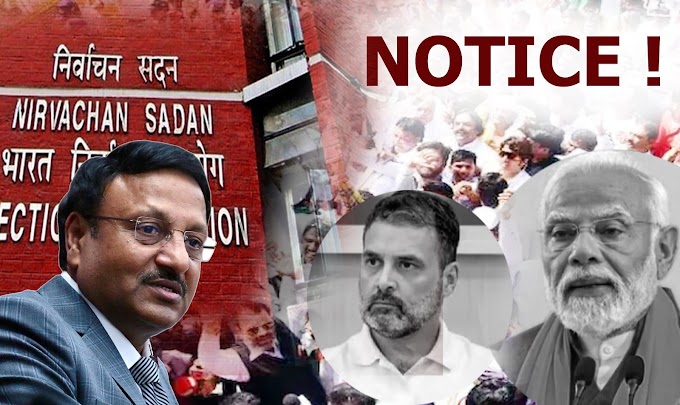Government of India Focuses on Building Computing Infrastructure for Innovation and Development
The Narendra Modi government, known for its focus on building physical infrastructure like roads, highways, railways, and airports to accelerate economic growth, is now turning its attention towards boosting research, innovation, and development in artificial intelligence (AI), machine learning (ML), and data processing and management.
As India's digital footprint expands, the demand for computing infrastructure is escalating. To meet this need, the government is looking to acquire cutting-edge computing hardware, specifically graphic processing units (GPUs).
Challenges and Options
However, GPUs are both scarce and expensive. To address this challenge, the Indian government has two options: either allow businesses and industries to solve the GPU shortage on their own or invest public funds to make GPUs more accessible to startups, research institutions, and key industries, similar to the Production-linked Incentives (PLI) scheme for promoting key industries under the Make in India mission.
The first option could result in India lagging behind in AI and other emerging technologies, while the second option could position India as a new-age tech hub. Additionally, ensuring a large domestic computing capacity also safeguards a country's data sovereignty.
Government's Initiative
Recognizing the critical role of GPUs in India's technological advancement, the government is actively seeking solutions. One potential approach is to collaborate with Nvidia, the world's leading GPU producer, to source GPUs and offer them to local startups, researchers, academic institutions, and other users at subsidized rates under the Rs 10,000 crore Artificial Intelligence Mission.
What are GPUs and Their Uses?
GPU, short for graphic processing unit, is a technology that enhances graphic rendering. It is often referred to as the heart or soul of a computer, offering superior parallel computing capabilities compared to central processing units (CPUs). While CPUs handle tasks sequentially, GPUs can process thousands or millions of small tasks simultaneously, giving them immense computing power.
Initially used for rendering 3D graphics, GPUs have evolved to support AI, ML, and supercomputing. With the explosive growth of AI, GPUs have become essential hardware, particularly in data centers where large amounts of data need to be processed and managed.
Importance for India
India's digital transformation over the past decade, driven by factors such as the India stack, the data revolution in telecom, and government initiatives promoting digital technologies, has created a significant demand for powerful digital hardware infrastructure, including GPUs.
The growth of e-commerce, digital payments, and the launch of 5G services further underline the need for robust computing infrastructure. However, India's current computing infrastructure accounts for less than 2% of the global capacity, limiting its ability to contribute significantly to research and innovation in emerging technologies.
Conclusion
To address the challenge of GPU access in India, where GPUs are both expensive and scarce, the government may need to invest public funds to make GPUs more accessible to industry, innovators, and academia. This initiative could be crucial in positioning India as a leader in emerging technologies and ensuring its economic and technological competitiveness on the global stage.












0 Comments